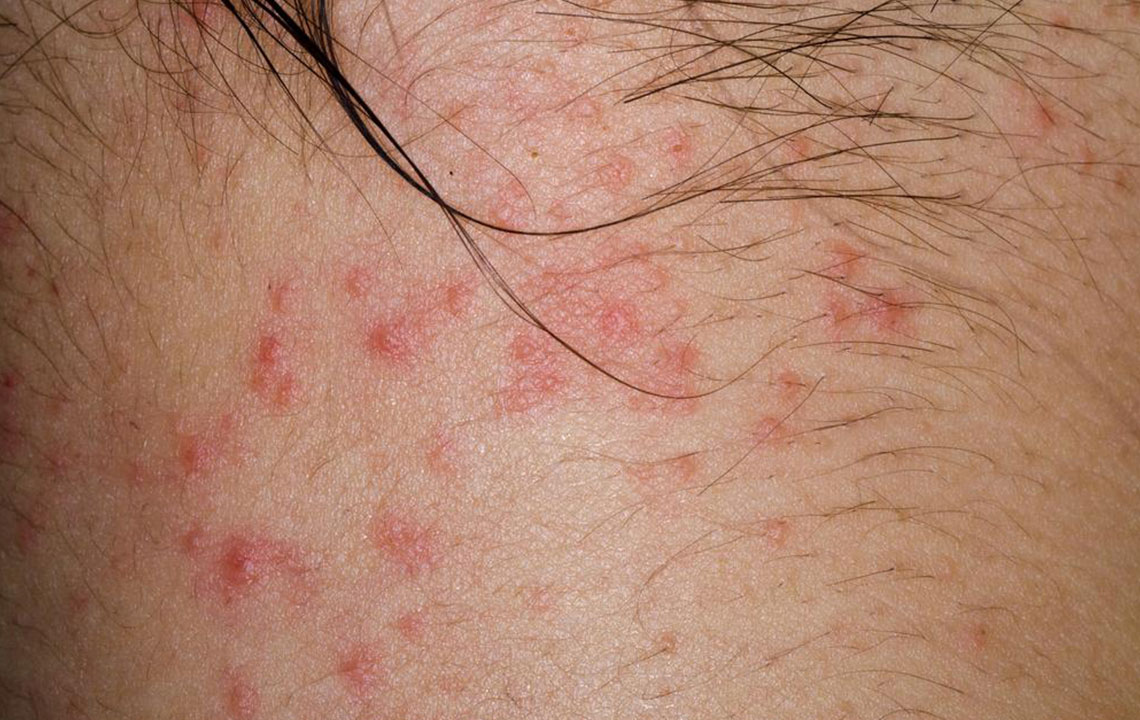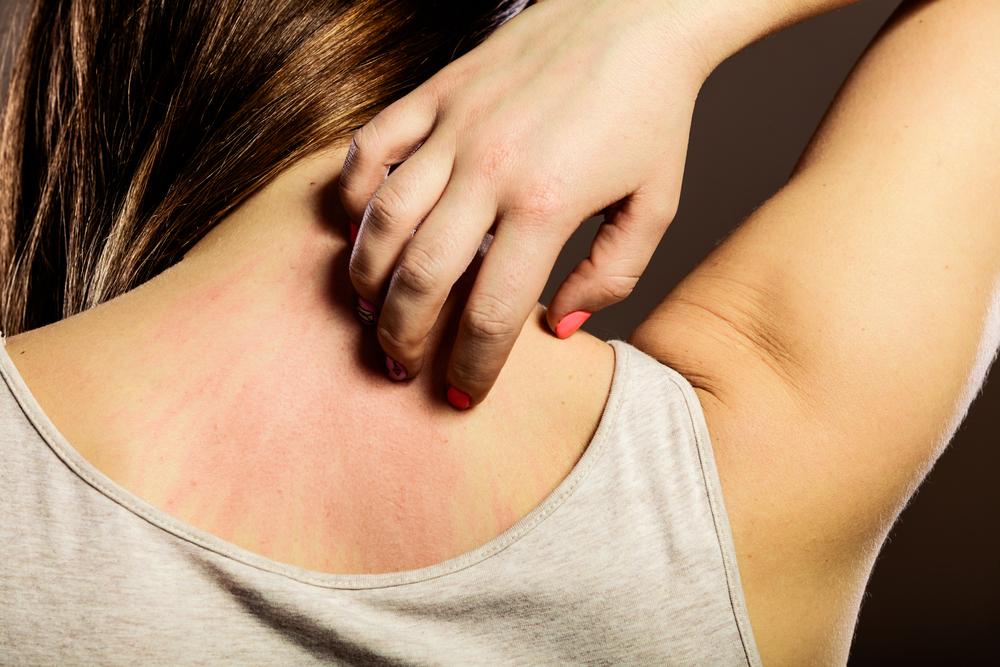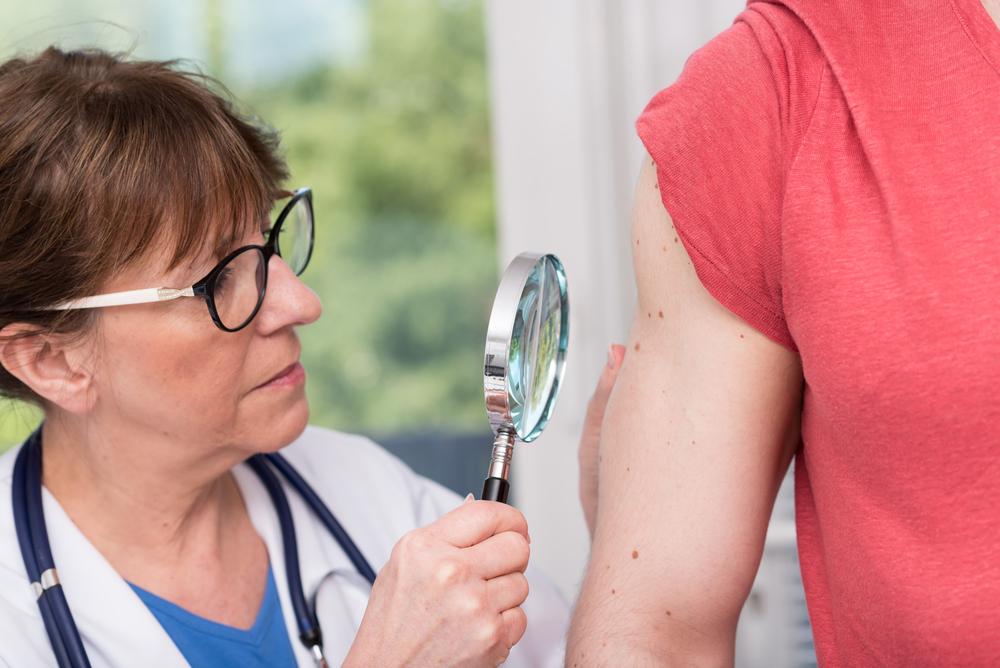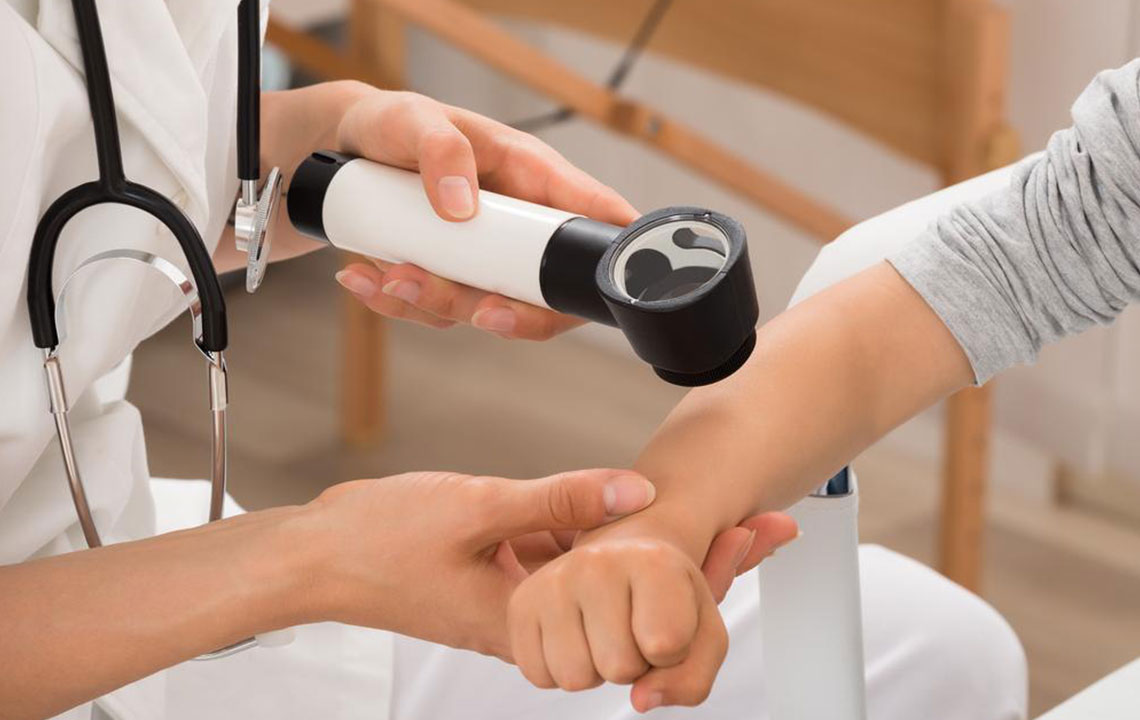Comprehensive Guide to Eczematous Dermatitis: Types and Symptoms
Explore the different types of eczematous dermatitis, their key symptoms, and how to identify them. This comprehensive guide helps in understanding conditions like atopic dermatitis, contact dermatitis, dyshidrotic eczema, and more. Recognizing these skin issues early can lead to better management and relief. Suitable for those experiencing persistent skin problems or seeking to learn about eczema varieties, this article offers valuable insights into diagnosis and care strategies for effective treatment.

Eczematous dermatitis, commonly known as eczema, is a frequent skin disorder characterized by itching, redness, and inflammation. Affecting over 30 million individuals nationally, this non-contagious condition results from a mix of genetic and environmental factors that trigger immune responses and skin cell changes. It's possible for a person to experience multiple eczema types simultaneously. Symptoms vary based on the type but often include dry, scaly, red, and itchy skin, sometimes accompanied by weeping or cracking. Recognizing the specific form helps in effective treatment.
The main types include:
Atopic Dermatitis: Usually starts in childhood, affecting areas like behind the knees, cheeks, and arms, marked by dry, itchy, cracked skin. Often linked to allergic conditions like hay fever and asthma, especially in those with family history.
Contact Dermatitis: Results from contact with irritants such as soaps, chemicals, or metals. It manifests as redness, swelling, blisters, and burning sensations predominantly where skin contacts allergens.
Dyshidrotic Eczema: Affects hands and feet, causing small itchy blisters, redness, and cracking, often triggered by stress, allergies, or exposure to nickel or cobalt salts.
Hand Eczema: Commonly seen in individuals exposed to harsh chemicals or frequent handwashing, presenting with dryness, cracks, redness, and pain.
Lichen Simplex Chronicus: Features thick, scaly patches due to persistent scratching, appearing on neck, shoulders, and scalp, associated with intense itchiness.
Nummular Eczema: Characterized by round, coin-shaped lesions that are itchy and scaly, often caused by insect bites or dry skin.
Seborrheic Dermatitis: Chronic condition affecting oily areas like the scalp, face, and upper back, presenting as dandruff, redness, and cradle cap in infants, with unclear causes involving yeast and hormones.
Early detection and appropriate care are essential for managing these conditions effectively. If you experience persistent skin symptoms, consult a healthcare professional for personalized treatment options.










